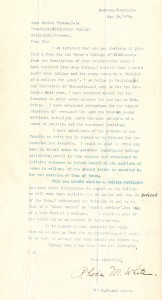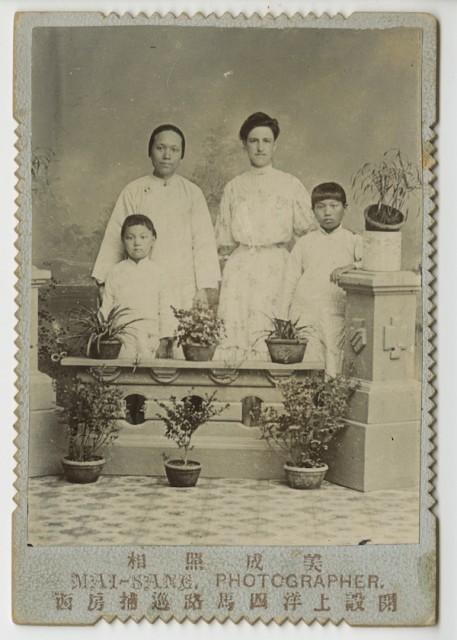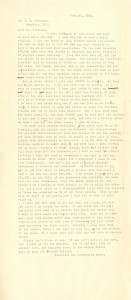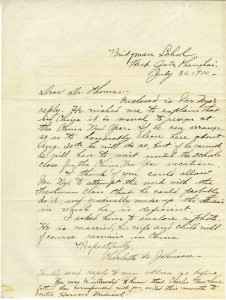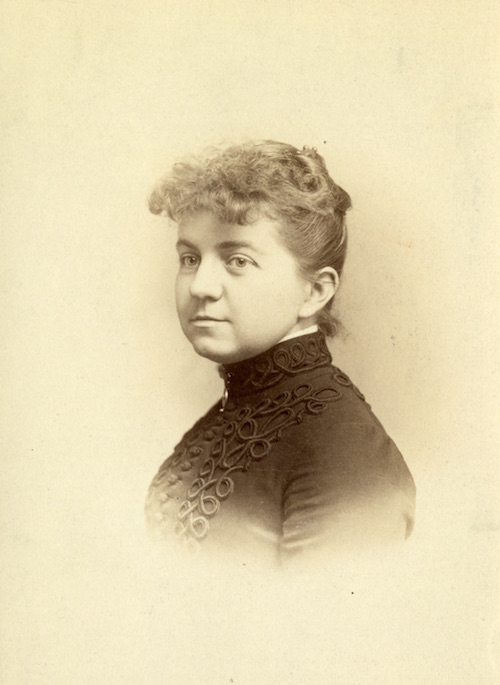In honor of the inauguration of Laurie L. Patton as the seventeenth president on Sunday, October 11, 2015, Special Collections & Archives will feature remarkable women from the College’s history in eight temporary exhibits spread across campus, now through October 5th. Catherine Emma Robbins can be found in the Virtue Field House and in Atwater Dining Hall.
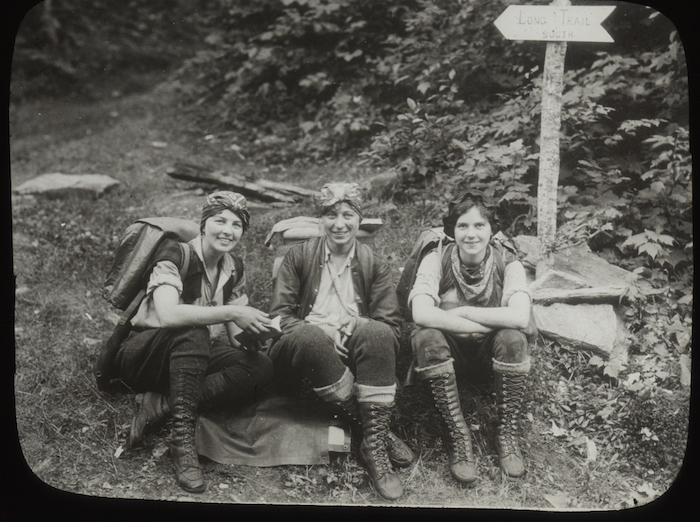
Four years after graduating from Middlebury College in 1923, Cornwall, Vermont, native Catherine Emma Robbins became the first woman to hike the Long Trail in its entirety—without a male guide. She, along with her two companions—Hilda Kurth, who fled to the mountains to avoid a man who wanted to marry her, and Kathleen Norris, who, despite her father’s death, resolved to make the trip on her own—made headlines across the country as “The Three Musketeers.” Robbins’ motto for the trip, “The Musketeers must get there!,” embodies the camaraderie and drive that inspired her both as a hiker on the Long Trail and as a three-sport athlete and Theta Chi Epsilon sorority member at Middlebury.
After the hike, she continued teaching in Vermont high schools. She died at age 97 but not before her two granddaughters, Cara Clifford Nelson and Amity Clifford [Robichaud] reprised the hike in 1997, seventy years after Robbins blazed the trail, raising funds for the Green Mountain Club’s Long Trail Protection Campaign.




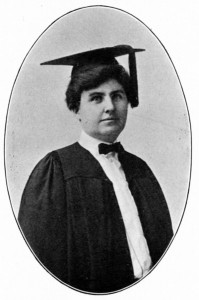 Leading up to the
Leading up to the 